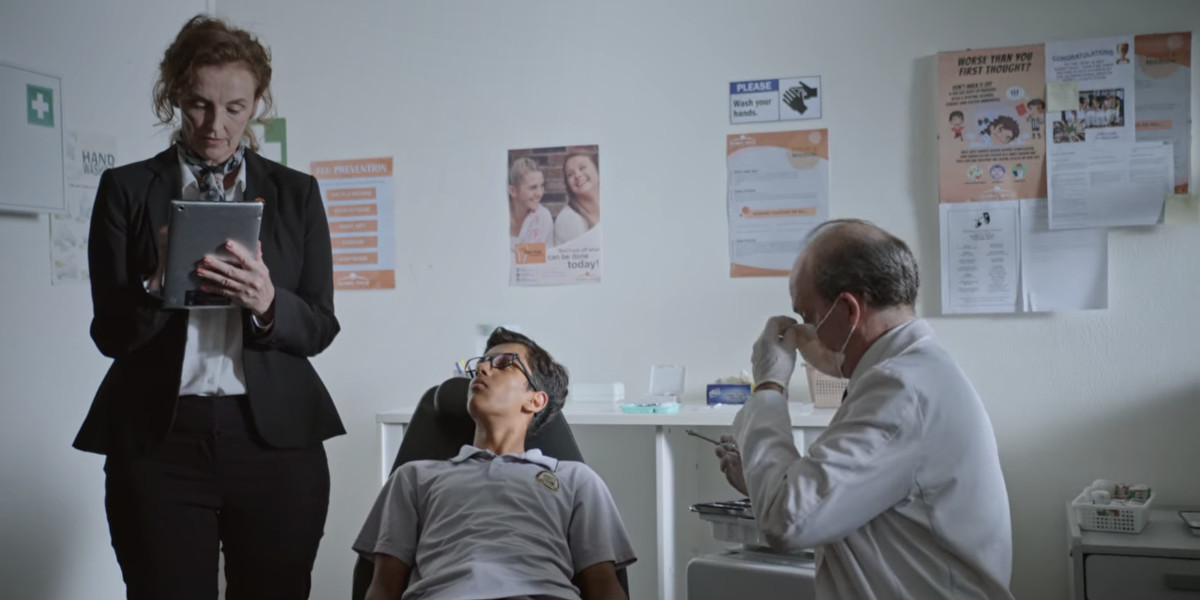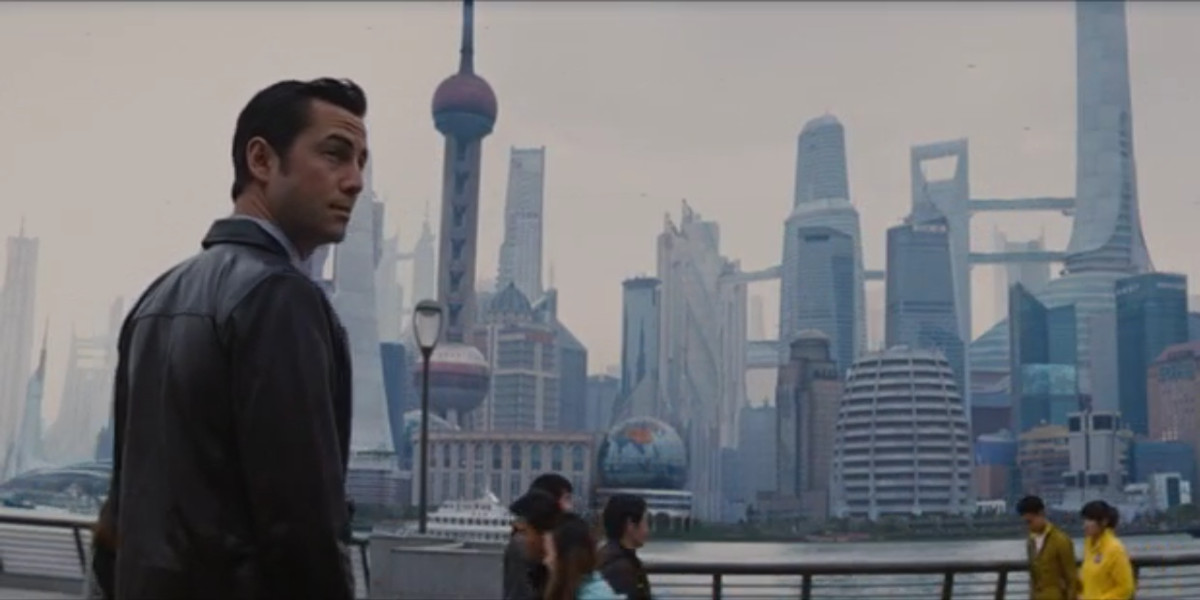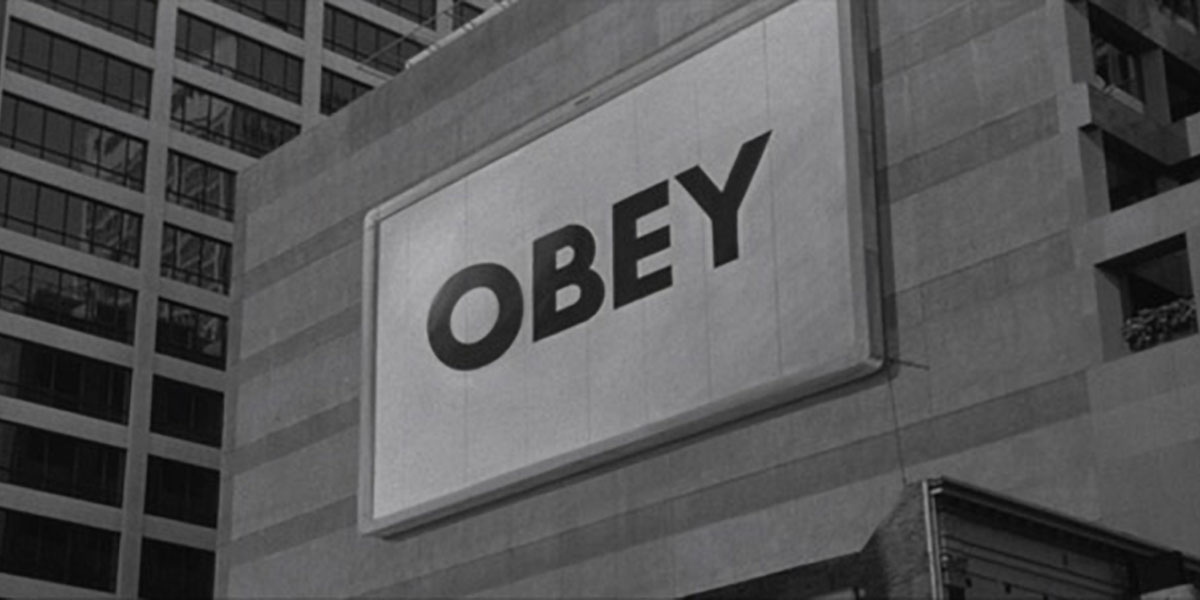Jason Bourne vs. "Left of Bang"
The fictional character compared to the real-life Combat Hunter program

For most civilians, the entertainment industry is a primary source of information on the topics of self defense and personal security. For better or worse, movies like Jason Bourne mold our impressions of what it would be like to try to evade detection, stay one step ahead of pursuers, and fight for survival.
As I sat in front of the TV, watching Matt Damon kick butt as a disgruntled super spy, it occurred to me how many lessons could be learned from the way the movie presented Jason Bourne’s tactics. Rather than simply dismiss the Hollywood product as worthless fantasy, it seems to me that movies like Jason Bourne provide a wealth of opportunity for discussion. What’s realistic? What isn’t? What concessions are made for the sake of the ol’ razzle-dazzle?
My favorite book on this subject is "Left Of Bang," which describes the tactics used by the US Marine Corps “Combat Hunter” program. The title of the book refers to a timeline, moving from left to right, signifying before and after “bang,” which is an unwanted confrontation. The idea is to stay “left of bang” on the timeline, so that you can either avoid or mitigate the event. [Note: I've been careful to avoid spoilers ... Feel free to read this before watching the movie!]
What LOB Says
"Getting left of bang requires two things. The first is a mindset and mentality to actively search your area for people that don’t fit in. The second is the knowledge to know what causes someone to stand out from the crowd."
What Bourne Does
Throughout the film, Bourne scans the area around him for potential threats. The CIA agents assigned to locate him are presented as being painfully obvious: pairs of individuals standing awkwardly at various vantage points, often with bright white IFB earpieces. Although they are dressed in street clothes, these agents are typically standing still while the normal civilians around them are moving busily from one place to another. In LOB parlance, these agents are displaying anomalous behavior, because they are not acting in accordance with the "Natural Line of Drift" in their area.
Unlike these "company men," the CIA’s off-books "asset" moves like a shadow through his environment. Like Bourne himself, the asset keeps a low profile by mimicking the people around him. To remain undetected, Bourne and the asset observe the "baseline" of their environment, and make every effort to blend into it. Because of this, the cat-and-mouse game between Bourne and the asset creates most of the suspense in the film.
What LOB Says
"Take on the offensive mindset of a hunter instead of the defensive mindset of prey."
What Bourne Does
Bourne endeavors, at all times, to exemplify this trait. In Jason Bourne, the only time he is caught off-guard or put on the defensive is when he is trying to help Julia Stiles’ character, Nicky Parsons. Because of Nicky, Bourne puts himself into a situation that he knows is dangerous and overly-exposed, and it results in perhaps the only time in the movie in which he functions more like prey than predator.
What LOB Says
"People with expertise intuitively identify a pattern in a situation and quickly determine a course of responses, without any analysis or comparing different courses of action."
What Bourne Does
Part of the appeal of Bourne’s character is that he responds without hesitation to extremely stressful and difficult circumstances. No matter what happens, Bourne knows what to do, because he was so well-trained, and has so much experience (and is just naturally a super-awesome badass).
What LOB Says
"A good heuristic decision is made by 1) knowing what to look for, 2) knowing when enough information is enough (the ‘threshold of decision’), and 3) knowing what decision to make."
What Bourne Does
Along the lines of quickly making decisions, Bourne quickly analyzes complex situations, predicts what his opponents are likely to do, figures out how to confuse or defeat them, and then determines what he needs in order to make that happen. For example, in a casino scene, he breaks the handle off a slot machine, only to use it a few minutes later for something the audience couldn’t have anticipated (hint: not as a weapon).
What LOB Says
LOB identifies three classifications or "clusters" of observable behavior: "Dominant vs. Submissive; Uncomfortable vs. Comfortable; Interested vs. Uninterested. If the person’s emotions and behavior do not fit the situation, that person has now become an anomaly."
What Bourne Does
Here is where Jason Bourne asks us to suspend our disbelief, but for an understandable reason. While the character of Jason Bourne needs to blend into his surroundings, the audience needs to be able to keep their eyes on Matt Damon. In a 2007 interview, Matt Damon quoted director Paul Greengrass’ instructions as simply: "butch-er and more intense!" While this makes for good cinema, it translates visually into what LOB would describe as a person who is Dominant, Uncomfortable, and overly Interested.
NOTE: a person can technically only be in one of the four primary clusters at any moment in time (these DO NOT include the interested/uninterested clusters). So a person can't be in the dominant and uncomfortable clusters simultaneously. The reason we see both fight and flight indicators on Bourne is because of the intentional control of the director. He should be displaying the flight response (uncomfortable cluster), but because of the director saying "more butch" (an uncomfortable Bourne isn't very bad-ass looking), you see dominance there as well. In reality, an untrained person wouldn't be showing that type of conflict between the clusters.
Throughout the movie, Bourne shoulders his way through crowds, taking up more space than necessary (what LOB describes as the hallmark of the "Dominant" cluster); eyes glancing around, and physically braced to fight (what LOB points out as signs of the "Uncomfortable" cluster); and focused on people and things that are totally unrelated to what everyone else in the area is focused on (what LOB describes as anomalous interest). Big, red flags!
Interestingly, the asset, played by Vincent Cassel, is much better about this. Unless he’s actually fighting, he looks relaxed, normal, even a little bored. At several points in the film, he is surreptitiously handed items by other agents, and he retrieves them without "telegraphing" what he’s doing in any way. While his posture is not exactly Submissive (trying to take up less space), it is neutral in that, in the words of LOB, it "is characterized by the absence of the fight response." Until he actually shoots somebody, the asset gives no indication of presenting any kind of threat.
Likewise, when he flashes a fake badge to enter a restricted area, he does so in a way that corresponds to LOB’s description of Comfortable, "displaying behaviors … that indicate comfort, vulnerability and ease." He acts as though he belongs wherever he is, so nobody questions his presence.
The only sign that the asset is not who he pretends to be lies in the Interested cluster: like Bourne, he is not paying attention to whatever everybody else is paying attention to. His body language is perfect, but his eyes give him away.
In reality, this level of deception would render a predator very difficult to detect. Fortunately, LOB reassures us that it is highly unlikely that a criminal or terrorist would be able to disguise their intentions the way a professional actor can.
What LOB Says
"The keys to responding well in a situation are knowing when to make a decision, knowing what decisions to make, and rehearsing those decisions so that when it comes time to act, your actions are immediate and spontaneous."
What Bourne Does
This is exactly why the fictional character of Jason Bourne is the perfect super-spy: he knows when to make a decision, knows what decisions to make, and acts immediately and spontaneously. Of course, the degree to which he does this is pure fantasy, but if what Hollywood gets right (and wrong) about staying left of bang helps us to learn more about what it takes to detect and avoid threats in the real world, it’s well worth our attention, and the price of admission.
I highly recommend buying, reading and studying Left of Bang You can read more about the principles discussed here at the Left of Bang author's website, cp-journal.com.


